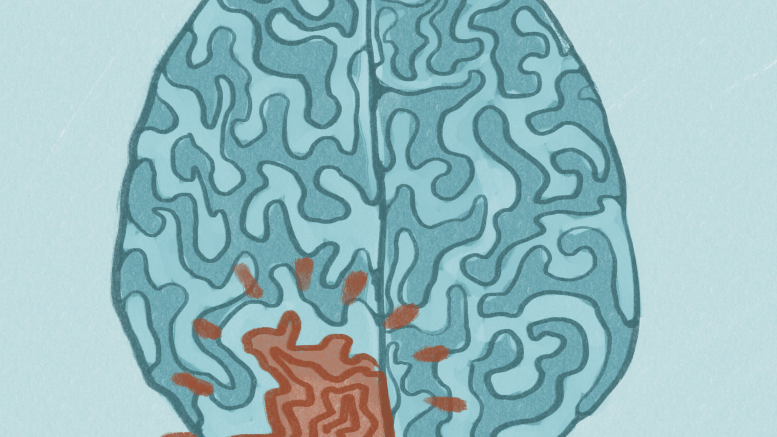Glioblastoma is one of the deadliest forms of brain cancer, with a five-year survival rate of less than five per cent. Despite initial success with chemotherapy and radiation, the recurrence of glioblastoma presents a significant challenge, as the cancer becomes resistant to further treatment.
Glioblastoma is fast-growing and aggressive. It originates from astrocytes, cells that support nerve cells. While the exact cause of glioblastoma remains unclear, it is known to develop when cells in the brain or spinal cord experience mutations in their DNA, leading to uncontrolled cell growth and survival. This results in the formation of a tumor, which can invade surrounding tissues and press on vital areas of the brain or spinal cord, causing further complications.
The symptoms of glioblastoma vary and may include severe headaches, nausea, vomiting, blurred or double vision, speech difficulties and seizures. As the tumor grows, it can also cause issues with coordination, balance and movement, along with personality changes and cognitive decline.
Though it can occur at any age, glioblastoma is most commonly diagnosed in older adults. Risk factors for glioblastoma include aging, previous exposure to ionizing radiation and inherited genetic conditions such as Lynch syndrome and Li-Fraumeni syndrome. Despite ongoing research, no preventive measures have been identified for glioblastoma.
There are no known cures for glioblastoma, but treatments like surgery, chemotherapy and radiation therapy may help to slow tumor growth and manage symptoms.
Tanveer Sharif, an associate professor in the U of M’s Max Rady college of medicine, is leading research efforts to better understand this disease and develop new therapeutic approaches. His team’s recent study focuses on the metabolic characteristics of recurrent glioblastoma, providing new insights that could lead to more effective treatments.
“Grave statistics which are linked with this disease itself is a huge motivation,” Sharif said, as he noted that no new glioblastoma therapies have appeared over the past 20 years.
“We are really dedicated to making a difference in this field of research which needs breakthroughs. Glioblastoma diagnosis, unfortunately, for now, is kind of a death verdict.”
In his recent study published in Neuro-Oncology, a journal of the Society for Neuro-Oncology, Sharif and his team focused on understanding the unique characteristics of recurrent glioblastoma that allow it to return after initial treatment and withstand further treatment.
To investigate this, the team generated recurrent glioblastoma tumors from the primary tumors of ten different patients. Through in-depth analysis, they identified several characteristics present in the recurrent tumors that were not found in the primary disease.
“That itself tells us that those metabolic characteristics were quite unique to the recurrent disease,” Sharif said.
These findings suggest that the recurrence of glioblastoma involves distinct changes in the tumor’s metabolism, which contribute to its resistance to treatment.
Building on these insights, Sharif’s team repurposed a drug used in Alzheimer’s treatment to treat recurrent glioblastomas. The drug was tested in preclinical studies using mice with xenografted glioblastoma tumors, with promising results. This research opens up new possibilities for treating recurrent glioblastoma, offering hope for more effective therapies where current treatments have failed.
“This is a very exciting preclinical study,” Sharif said.
He encouraged the broader university community, particularly students, to become involved in the breadth of research conducted at the Max Rady college of medicine. He emphasized that there are many ways for students to get involved, including opportunities for summer studentships and long-term career paths as graduate students.
“The future generation of Canadian scientists is key to making a difference,” Sharif said. “My message to the broader community is that they should make every effort to get involved.”
Sharif also highlighted his team’s commitment to conducting cutting-edge research.
“We’re doing state of the art research to take the U of M to new heights,” said Sharif, adding his team’s goal of elevating the university’s standing among the U15 group of leading research-intensive universities in Canada.


